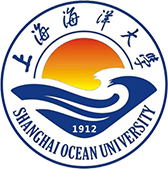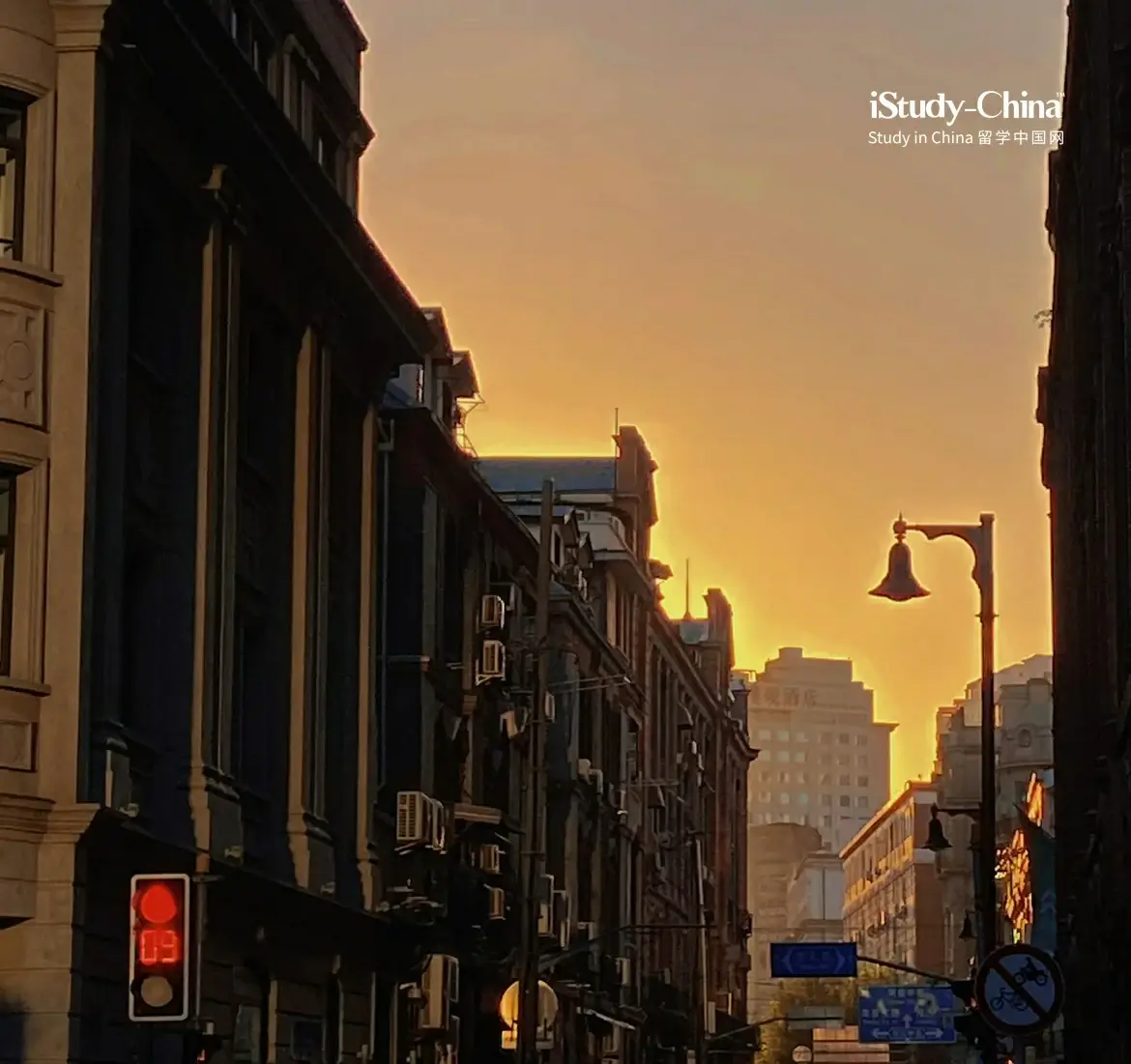School Badge

About Shanghai Ocean University
Shanghai Ocean University, formerly known as Jiangsu Provincial Fisheries College, was founded in 1912 by Zhang Jian and Huang Yanpei. It is a multi-disciplinary applied research-based institution of higher education jointly established by Shanghai Municipal People’s Government, State Oceanic Administration and the Ministry of Agriculture, and was upgraded to China’s first undergraduate institution of fisheries—Shanghai Fisheries College in 1952. It was renamed as Shanghai Fisheries University in 1985 and Shanghai Ocean University in 2008. And in September, 2017, it was selected by Ministry of Education into the “Double First-Class Initiative” program for its First-Class Discipline of fisheries. The school motto was defined on September 1st, 1914 as “Diligence, Sincerity, Dedication and Practicality”.At present, the university has two campuses, namely, Huchenghuang Road campus in Pudong New Area and Jungong Road campus. Huchenghuan Road campus covers an area of about 1,600 mu and its planned construction area is 586,000 square meters.
The university enjoys a well-developed education system, well-known preponderant disciplines and remarkable research findings, offering postgraduate, undergraduate and college education, continuing education, and education for foreign students. In addition to three post-doctoral research stations, three doctoral degree programs of LevelⅠacademic disciplines, ten master degree programs of Level I academic disciplines, four professional master degree programs, 47 undergraduate programs, and ten 10 higher vocational programs, the university has one national key academic discipline, three Shanghai “Gaofeng” and “Gaoyuan” academic disciplines, three Shanghai Leve II academic disciplines, nine key academic disciplines at the provincial and ministerial level, five national specialties, three national premium courses, 20 Shanghai premium courses, two Shanghai premium courses of physical and health education, eight Shanghai model English courses, one national and four municipal teaching teams, and two national demonstration centers for experimental teaching. Moreover, the university has won seven First Prizes and fourteen Second Prizes of Shanghai Teaching Achievement. Since the 12th Five Year Plan, the university has achieved many significant research results in natural sciences, humanity, philosophy, and social sciences, and made significant contributions in the fields of aquaculture, marine fisheries, marine resources, aquatic products processing, food safety, low-temperature logistics of agricultural products, fishery economic management, accompanied with one National Science and Technology Progress Award, eighteen awards at the provincial and ministerial level, and three awards of Shanghai Decision-making and Consultation.
With its 14 faculties, the university accommodates about 12,000 full-time undergraduates and over 3,800 full-time graduate students, as well as more than 1,300 faculty members and staff, including over 800 teaching staff and researchers, among whom nearly 500 have senior professional titles and more than 600 are doctoral and master supervisors. The university is home to two double-employed academicians, two winners of the National Science Fund for Distinguished Young Scholars, six members of New Century Hundred, two members of the 7th Discipline Appraisal Group of the State Council, thirteen winners of Special Government Allowances of the State Council, one member of Youth Science and Technology Innovation Leader of the Ministry of Science and Technology, two members of Program for New Century Excellent Talents in University, two provincial experts with outstanding contributions, six members of Program for Shanghai Outstanding Leaders, nine excellent Shanghai academic leaders, two excellent Shanghai technological leaders, two provincial and municipal distinguished teachers, two members of provincial Hundred, and three presidents of the first-level academic societies. It boasts a strong teaching team, consisting of eighteen scholars of Dawn Program of Shanghai Education Commission, 21 scholars of Shanghai Pujiang Program, ten scholars of Shanghai Rising-Star Program, six scholars of Sunshine Program and eight scholars of Dawn Program.
The university is well equipped with teaching and professional laboratories, including National Research Center for Pelagic Fisheries Engineering Technology, International Joint Research Center for National Marine Bioscience, National Demonstration Center for Experimental Teaching of Aquatic Science, National Demonstration Center for Experimental Teaching of Food Science and Engineering, National Science Park of Shanghai Ocean University, Key Laboratories of Exploitation and Utilization of Aquatic Genetic Resources, and Sustainable Development of Oceanic Fishery Resources, Ministry of Education (co-sponsored by province and ministry), Key Laboratories of Freshwater Fishery Genetic Resources and Utilization, Aquatic Products Storage and Preservation and Risk Assessment of Quality and safety, Ministry ofAgriculture, as well as the central platforms of Ministry of Agriculture such as APCCMA, Center for Genetic Breeding of Megalobrama Amblycephala, Research Center for Fish Nutrition and Ecological Environment, Research Center forDevelopment Strategy of Chinese Fisheries, National R&D Branch(Shanghai) ofFreshwater Aquatic Products Processing Technology, Center for Quality Surveillance, Inspection and Test of Refrigerators and Refrigeration Equipment, Experimental Observation Station of Resources and Environment of Oceanic Fisheries, and PelagicFishery Training Center. Moreover, the university has 3 Shanghai Engineering Technology Research Centers, 3 Key Laboratories of Shanghai Universities and Colleges, Shanghai Engineering Research Center, Collaborative Innovation Center, Knowledge Service Platform, E-Research Institute of Aquaculture, Shanghai Social Investigationand Research Center, and Key Research Base of Humanistic and Social Science.The university has also established a number of platforms for international cooperation such as International Ocean Research Center, China-US (SHOU-NOAA) Research Center for Ocean Remote Sensing and Fishery Information and Laboratory of Freshwater Fish Processing and Utilization, in addition to a lot of university-level scientificresearch platforms such as China’s first ballast water laboratory certified by CNAS and CMA, Yangshan Deep Water Port Field Scientific Observation Station of Marine Ecosystem, Center for Application Engineering Technology of Hydrographic Surveying and Charting, and Food Safety Research Center. The university has 157 nationwide teaching practice bases, including the two scientific researchand teaching bases in Pudong New Area in Shanghai and Xiangshan County in Zhejiang Province.
The university has established Marine Science Research Institute of Shanghai Ocean University, consisting of 13 research institutes such as Marine Economy Research Center, Marine CultureResearch Center, Marine Policy and Law Research Institute, Digital Oceanresearch institute, GIS Laboratory of Marine Fishery Remote Sensing, China-US Research Center for Marine Remote Sensing, Laboratory of Marine Ecosystem and Environment,Research Institute of Marine Eco-environment and Remediation, Research Centerfor Pelagic Fishery Engineering Technology, Marine Engineering Research Institute, Research Institute of Marine Drugs and Health Food, Research Institute of MarineBio-system and Neuroscience and Laboratory of Ballast Water Testing. The university has also established Research Center for Development Strategy ofChinese Fisheries, Public Administration Research Institute, Foreign Languages Research Institute, Translation and Dictionaries Research Center, Fishery Culture Research Institute, History Museum, Museum of Shanghai Ocean University, Aquatic Life and Science and Technology Museum, Whale Museum, Campus Culture of College Students Exhibition Room, and world-renowned Fish Laboratory (Specimen Room). The university enjoys modernized campus network and has set up the website of China fisheries toserve the fishery industry. There are more than 1.37 million paper books, 0.92 million e-books, and over 40 databases in the library, most of which areconcerned with ocean, fisheries and foods. The university organizes Journal of Fisheries of China and hosts Journal of Shanghai Ocean University. These two journals are certified by CSSCI and CSTPCD. Journal of Fisheries of China has been awarded as Top 100 Journals in China and 100 Chinese Outstanding Academic Journals. Moreover, the university hosts the China’s first English journals of fisheries, Aquaculture and Fisheries. The university is affiliated withShanghai Society of Fisheries, Shanghai Society of Food Science, Shanghai Research Society of Fishery Economy and Shanghai Research Society of Yan’AnSpirit.







